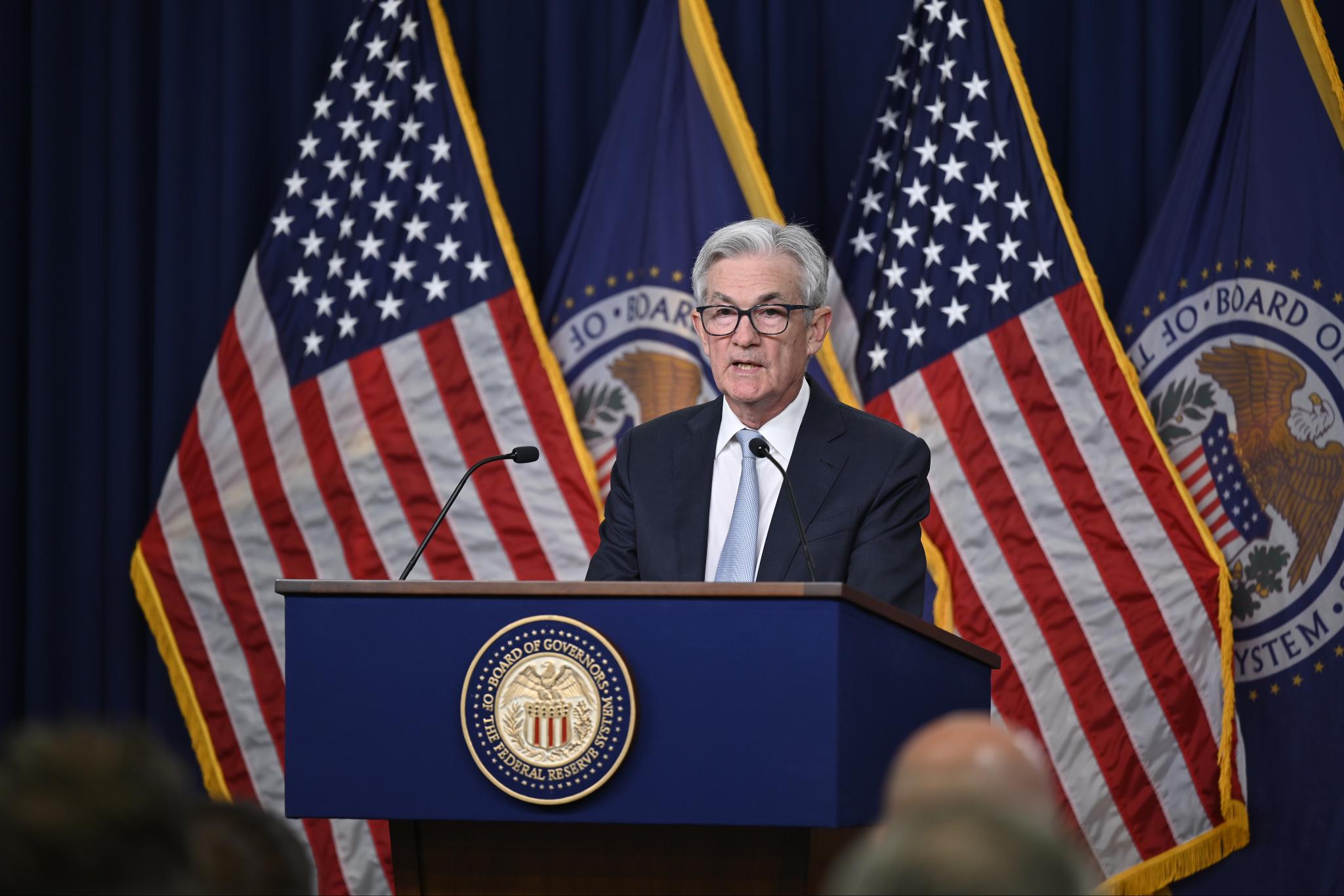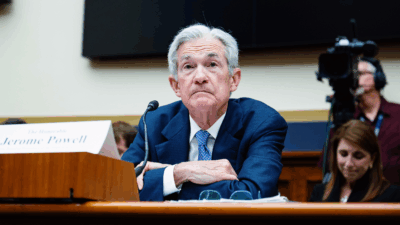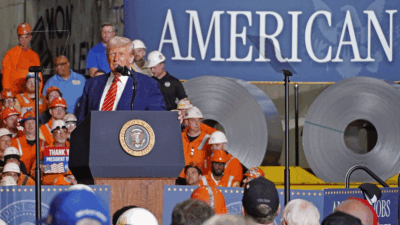
Sign up for smart news, insights, and analysis on the biggest financial stories of the day.
They’re baaaack.
After a summertime rate-hiking hiatus last month, the Fed raised interest rates again Wednesday, this time to a 22-year peak. But what happens going forward — amid slowing inflation and incredibly low unemployment — is anyone’s guess, including, it seems, Fed Chair Jerome Powell.
What’s Eating Powell?
The quarter-point rate hike brings interest rates to a target range of 5.25% to 5.5% — and an uncertain vision of what comes next. On the one hand, Powell said he was pleased by the consumer price report that showed inflation increased just 3% year-over-year in June, well down from a 9% peak and the lowest mark in about 15 months. He also said the Fed has upgraded its assessment of economic growth to “moderate” from “modest,” an outlook assuredly sunnier by at least a degree or two, and says the Fed is no longer projecting a recession. “We’re seeing a strong economy,” Powell noted.
Mission accomplished then? Not exactly. Powell also said the white-hot labor market would still likely need to take a hit to lower inflation, and that he doesn’t see inflation falling to the Fed’s 2% target until at least 2025. And while he said the Fed isn’t committed to raising rates when it meets again in September, he didn’t rule out a back-to-back hike. However, Powell did make a firm and hawkish commitment of refusing to lower rates this year as well. If he sounds stuck between optimism and pessimism, it’s because he may well be. According to a Bloomberg analysis published earlier this week, Powell is increasingly finding his Federal Open Market Committee fractured between hawks and doves — a divide that may dictate policy moving forward:
- The hawks, led by Fed Governor Christopher Waller, are hung up on how high service prices are still driving inflation, which they blame on the tight labor market’s increased wages. Some hawks even pushed to raise rates last month, when the campaign went on pause, Bloomberg reports.
- The doves, led by Atlanta Fed President Raphael Bostic and Chicago Fed President Austan Goolsbee, say they’ve already compromised enough amid the most aggressive rate hikes in decades. They reject the need to cool the labor market, and argue interest rates will effectively increase with disinflation anyways, aka “passive tightening.”
Bonds, Stocks and Bonds: One group that isn’t too happy with Powell’s latest remarks: quick-twitch quant-heavy trading firms, which can execute a series of killer trades in the span of a Powell press conference, according to another Bloomberg report. The stock market and bond markets were reliably spiking as much as 2% during Powell’s hour-long pressers throughout the year, Bloomberg found. Quant firms essentially capitalized on the widespread perception of Powell’s modest dovishness, buying big and selling quickly before markets could normalize at the end of the press conference. But Powell’s appearance on Wednesday delivered a small market dip. Even algorithms, it seems, don’t enjoy the indecisiveness.











